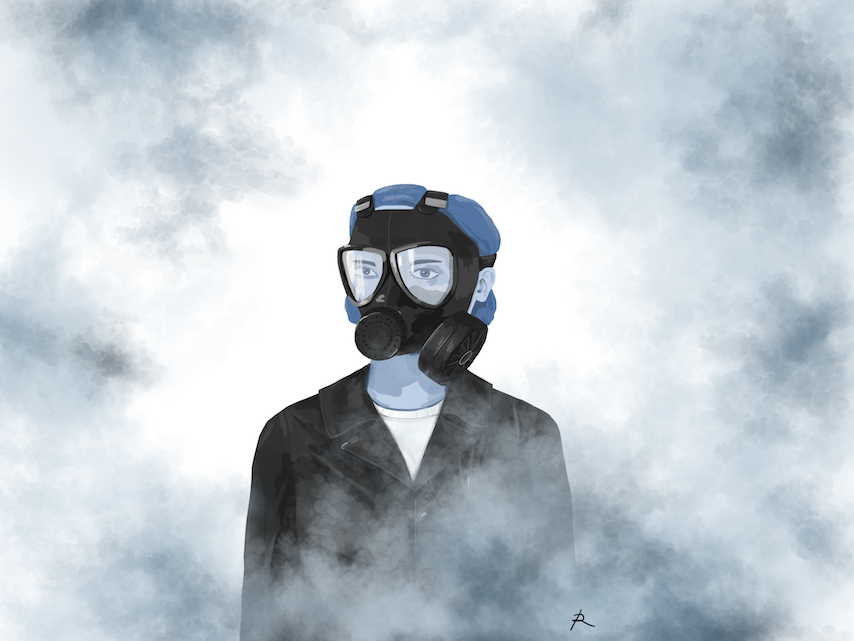In an effort to dismantle protests, police departments across the U.S. and Canada, including in Montreal, have taken violent measures to repress civil demonstrations. From rubber bullets to water cannons, police units and municipal governments have been criticized for what many are calling the use of “excessive force” to disperse peaceful protests. The image of a smoking canister of tear gas has become emblematic of police responses to protests.
The use of tear gas on civilian protesters has sparked worldwide outrage, with some government and public health officials calling for its removal from police arsenals. However, other authorities—including top lawmakers in the U.S.—continue to defend its use.
While the science behind tear gas remains a mystery for advocates on both sides of the dispute, proponents of its use may be surprised to find that tear gas is not a single compound, but is instead used to reference a wide variety of chemical agents.
“Tear gas refers to a range of chemicals that are all lachrymators,” Joe Schwarcz, director of the Office for Science and Society at McGill, said in an interview with The McGill Tribune. “Anything that causes tearing [of the eyes] is a lachrymator.”
There are several types of lachrymators. Until the 1950s, the most commonly used types of tear gases were CN and CS, two gaseous chlorine-based compounds, although neither remain in police arsenals today. According to Schwarcz, that title now rests with the more widely available compound capsaicin, better known as pepper spray.
Pepper spray, which was developed as an animal repellent in the 1960s, was first used by American law enforcement agencies in the 1980s. Despite their variability in terms of potency, toxicity, and chemical makeup, CN, CS, and pepper spray are all functionally similar, targeting the same part of the respiratory tract.
“What all of these substances do is irritate the mucous membranes,” Schwarcz said.
Mucous membranes line various body canals and openings such as the mouth, nose, eyelids, and lungs. The secretions that they produce are the primary form of protection against particulate matter and pathogens, including the chemicals that compose tear gas.
“The function of the mucous membrane is to protect the body,” Schwarcz said. “So, chemicals [of] the mucous membrane perceive tear gas to be a foreign substance that needs to be eliminated.”
Excessive irritation of the mucous membrane can cause tearing, coughing, and sneezing. However, the more acute effects of tear gas can also lead to difficulty swallowing, chest tightness, shortness of breath, blurred vision, and feelings of choking. These effects usually last for about 15 to 30 minutes, but can have lasting and permanent damage to the eyes and lungs.
“There are people who have had corneal scarring because of some tear gas and also exacerbation of asthma,” Schwarcz said. “Some people [also] have allergic reactions to the chemicals and that can cause rashes all over the body.”
Blindness, glaucoma, and respiratory failure are other possible long-term effects of tear gas exposure.
The history of tear gas is as long and as fraught with controversy as its appearance on city streets in recent months. The first tear gas compounds were developed during World War 1 as a form of chemical warfare. Following the end of the war, the use of chemical and biological weapons in war was banned by the Geneva Protocol of 1925. By 1993, the United Nations General Assembly finalized the Chemical Weapons Convention, which further limited the use of riot control agents on the battlefield, but included a now-controversial exception which allows law enforcement to use chemical agents for domestic riot control purposes.
Given tear gas’ complicated past and potent consequences, many have asked why police forces continue to use it today. The answer is simple: Effectiveness.
“If you are exposed to a bit of tear gas […], you want to turn around and get out of there as fast as you can because it is extremely irritating and very painful to the eyes and the nose,” Schwarcz said.






